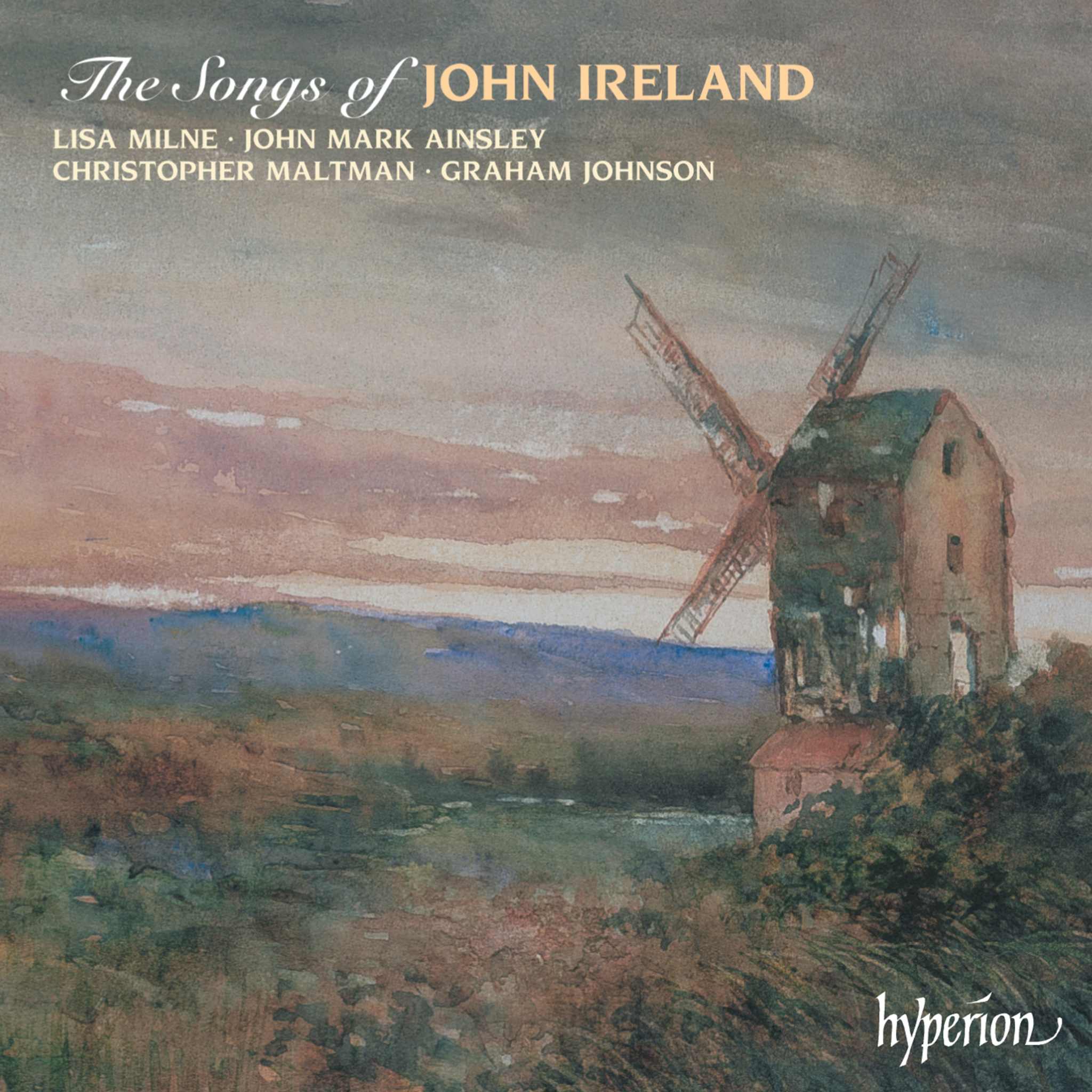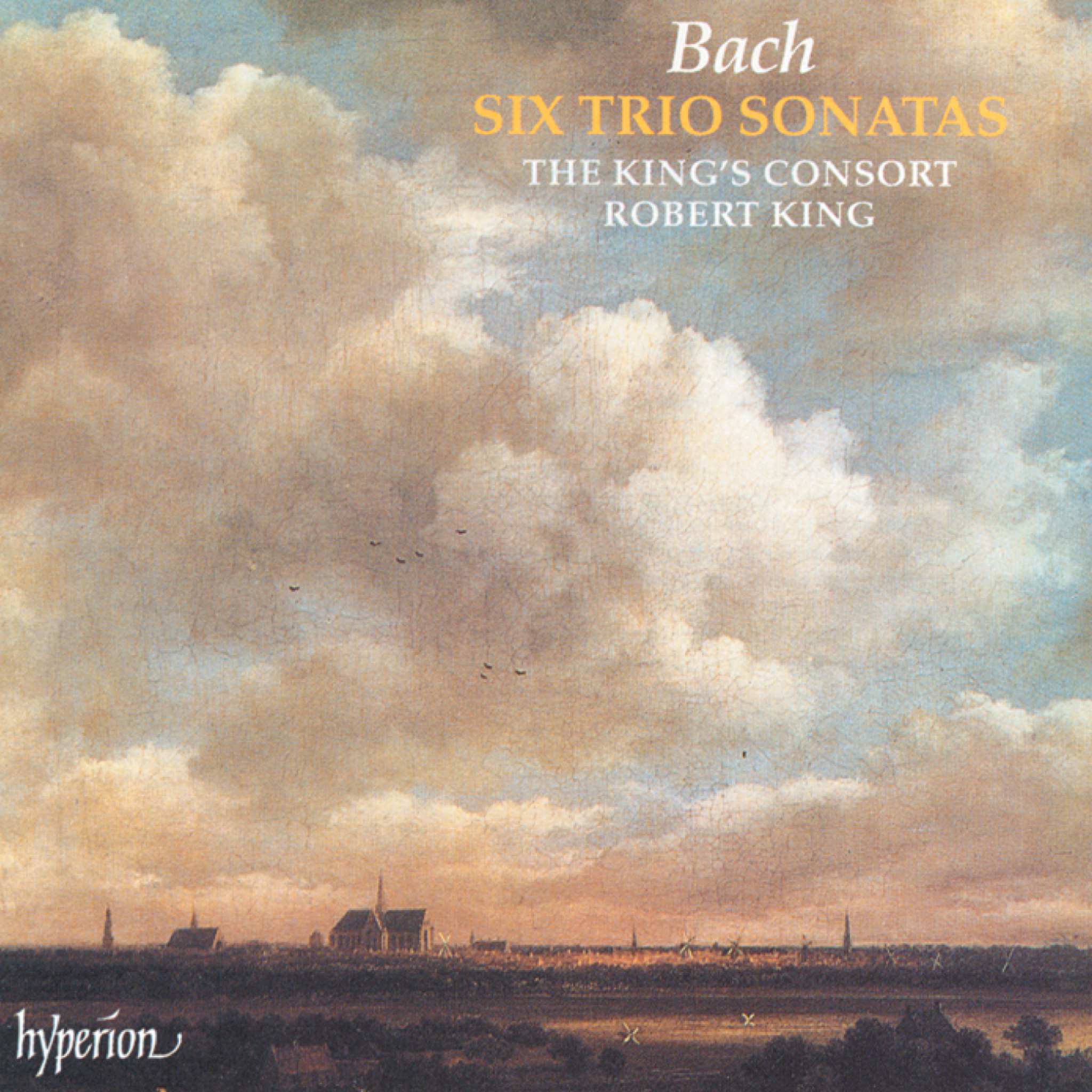Album insights
The first work presented here appears to be the first piano concerto by an Armenian composer. Noteworthy is the fact that the composer was just twenty years old when he wrote it, perhaps to showcase his own piano talent. The technical demands are quite challenging, indicating his exceptional skill. The Stéphan-Elmas Foundation, founded in 1988 by his nephews Georges and Grégoire Elmas (existing until 2019), aimed to spread the composer's legacy. The foundation's documents list five works for piano and orchestra, including the two piano concertos played here, a selection of over 120 pieces for solo piano, a piano quartet, a piano trio, as well as various chamber and vocal works.
This raises questions about who Stéphan Elmas was and why he has been largely forgotten. Information about his biography and career can be found online, but Elmas is notably absent from over twenty reliable reference works and contemporary biographies. Perhaps this is because his music relates more to an earlier generation rather than his own, especially evident in the two concertos played here. Later in life, he lost his hearing, grew embittered, and withdrew from the world, which likely did not help his standing in the music world.
Born into a wealthy business family in Ottoman Smyrna (modern-day Izmir, Turkey), Elmas was a prodigy. At 13, he performed a piano recital featuring Liszt exclusively. Encouraged by his teacher but against his family's wishes, he traveled to Weimar at 17 to study with Franz Liszt. Liszt was impressed and directed him to study in Vienna with Anton Door, a notable teacher linked to Czerny and Simon Sechter. Elmas made his debut in Vienna at 23, touring Europe as a virtuoso while composing numerous solo piano works, including waltzes, mazurkas, and nocturnes.
In 1884, Elmas dedicated his six studies to Liszt and about 15 other piano works to his friend Victor Hugo. His Piano Concerto No. 1 was dedicated to Anton Rubinstein, and his youthful concerto was also dedicated to him. Jules Massenet, pianist Édouard Risler, and lexicographer Guy de Lusignan were among his close friends from his travels. In 1897, Elmas fell ill with typhus, leading to his eventual deafness. From 1908 onwards, he focused on composing and teaching, settling in Geneva at age 50. Although becoming increasingly reclusive, he met the Swiss painter Aimée Rapin, born without arms but creating art with her feet, whom he fell in love with.
Stricken with severe depression upon hearing of the Armenian Genocide in 1915, Elmas was cared for by Rapin. His family miraculously escaped the Great Fire of Smyrna in 1922 and fled to Athens, with Elmas bringing them all to safety in Geneva. Elmas passed away on August 11, 1937, and was buried at the Cimetière des Rois in Geneva, sharing a grave with Aimée Rapin. His grand piano, manuscripts, and mementos are kept at the Charents Museum of Literature and Arts in Yerevan, Armenia.
Following the bold opening phrases and octave bursts of Piano Concerto No. 1 in G minor, a charming second theme with Chopin-esque twists emerges, transitioning into a burst of fast runs and figures reminiscent of the Polish composer's style. This is followed by a second lyrical theme, then a third, with multiple pages of piano sixteenths supported minimally by the orchestra, akin to Chopin. An intriguing episode reminiscent of Rubinstein rather than Chopin ensues, building up the piano and orchestra with energy, leading to a heroic cadenza before returning to the initial theme passionately. The movement ends with a thunderous octave-laden version of the opening theme, fading out before Elmas returns to the lovely second theme. The preceding material is developed in diverse ways until a lively conclusion with a reminiscent figure from Chopin's G minor Ballade.
The second movement ("Larghetto") might be considered the most individualistic of the three. Its poignant main theme, a serene, song-like melody in A-flat major, transitions to a second theme with four flats exchanged for four sharps in C-sharp minor, returning to tonic for a subdued, veiled ending.
Critics might find the finale of Concerto No. 1 overly reminiscent of Chopin, though it maintains charm and interest. Elmas employs figurations and rhythmic patterns akin to passages in Chopin's piano concertos, demonstrating clear inspiration.
Elmas' Piano Concerto No. 2, completed in 1887 but not published until around 1923, is in the somber key of D minor, mirroring Anton Rubinstein's choice for his Fourth Piano Concerto. The d minor concerto fulfills the requirements of a full-blooded romantic concerto better than its predecessor, with the first movement featuring stormy octave outbursts, captivating melodies, virtuosic passages, and intense emotional depth.
The opening theme of the "Andante" quotes, perhaps mischievously, the beginning of the second movement ("Romanze") of Mozart's great D minor Piano Concerto, K. 466. This motif seamlessly integrates into the most memorable melody of the concerto: an enchanted "love theme," evoking a Hollywood-like sentiment. After a fermata, Elmas transitions from F major to a mournful A minor theme, reminiscent of a variation by Chopin from Liszt's Hexaméron collection. Elmas returns to his sensual theme, interrupted once by the funeral march in A-sharp minor.
In the final movement, set in 3/4, Elmas introduces a swaying waltz, followed by a longer passage evoking Chopin, and then a second waltz theme. A modulation to the relative major at a fermata generates a signal-horn effect similar to Chopin's F minor Concerto finale. The subsequent joyous passages lead the concerto to a triumphant conclusion.











